If you search Crimson Trace’s website, you’ll find three types of firearm optics: scopes, lasers and red dots. Each optic offers a slightly different benefit for a shooter when it comes to finding the intended target. How do you know the best optic to use on a firearm? The following information will guide you in the right direction for all three types of Crimson Trace’s optics.
Sponsored by Crimson Trace
Before you familiarize yourself with the three types of Crimson Trace optics, it’s important to know that all of them must be sighted or zeroed before use.
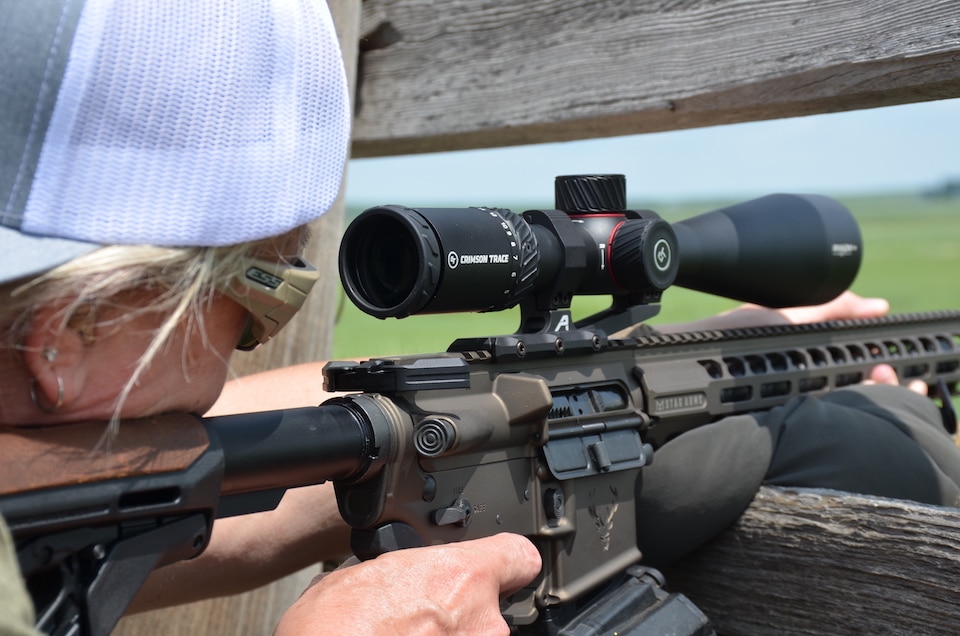
Scopes magnify targets at varying degrees, allowing a shooter to see distant targets more clearly. They are generally used on rifles by hunters, target shooters and others who are trying to hit targets at greater distances. Crimson Trace scopes are available in magnifications from 1 to 24 times with different styles and reticles. MSRPs range from $154.99 to $969.99.
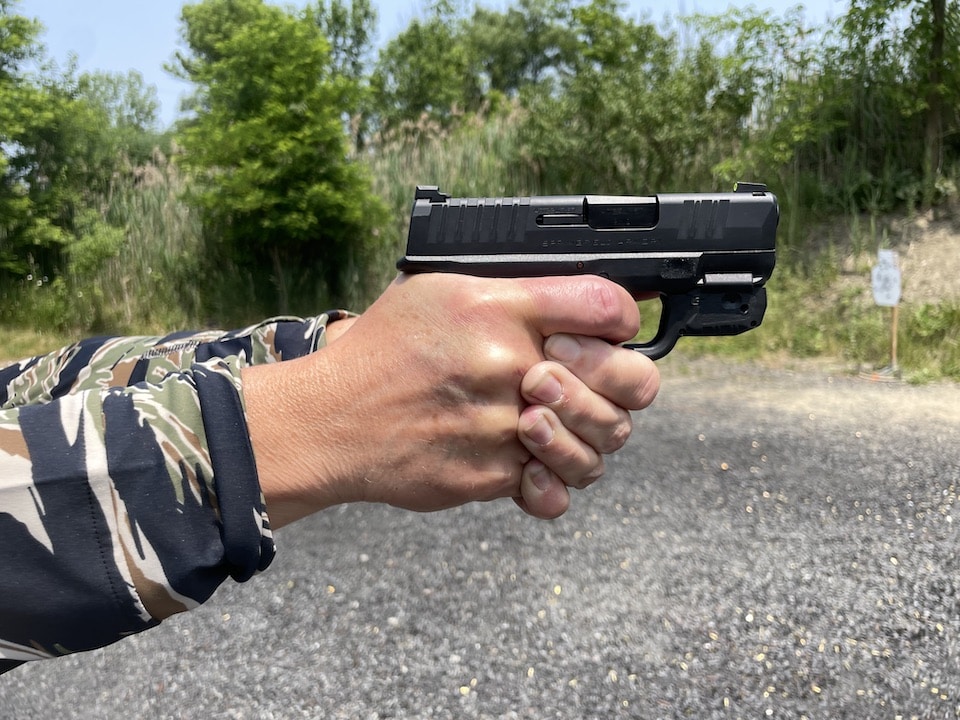
Laser sights use a laser beam to project a dot of light onto a target. Crimson Trace offers lasers in green and red for handguns, shotguns and rifles. MSRPs from $83.99 to $399.99.
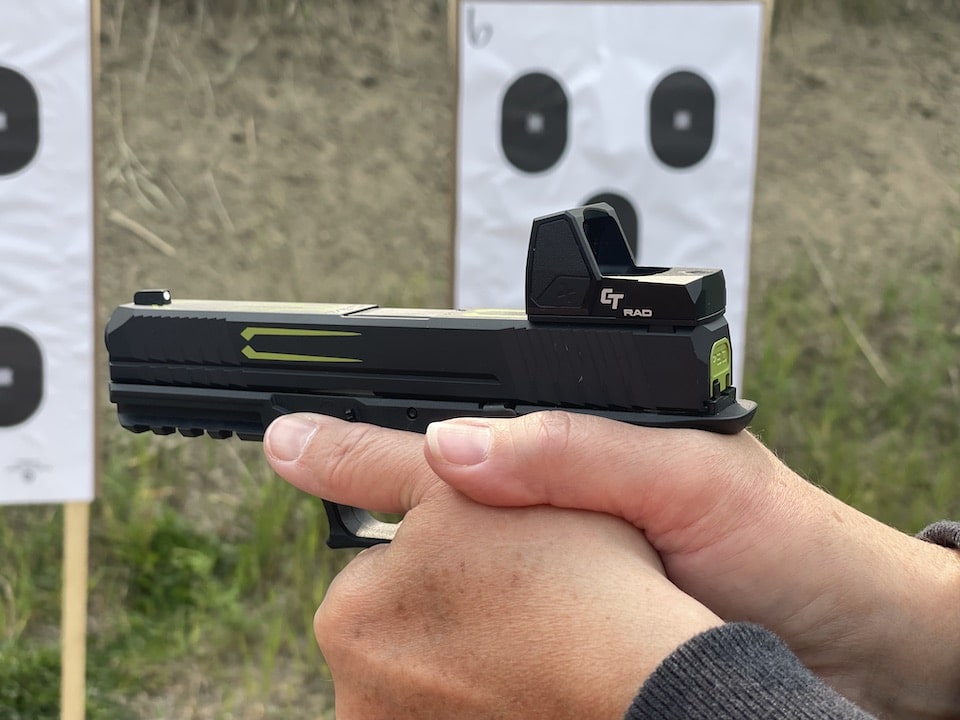
Red dots (also called reflex sights and electronic sights) project a red (or green) dot onto reflective glass that a shooter places on the target. Crimson Trace’s red dots are available in red and green for rifles, pistols and shotguns, with MOA from 3.25 through 5. MSRPs range from $214.99 to $379.99.
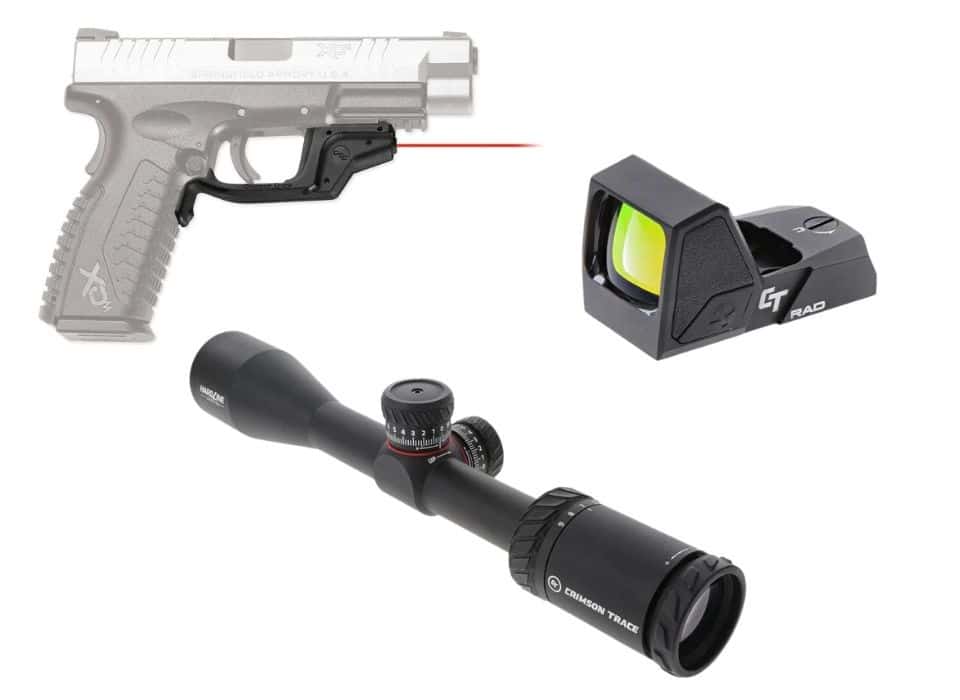
Now that you know the types of Crimson Trace optics available, consider when and how you plan to use your firearm.
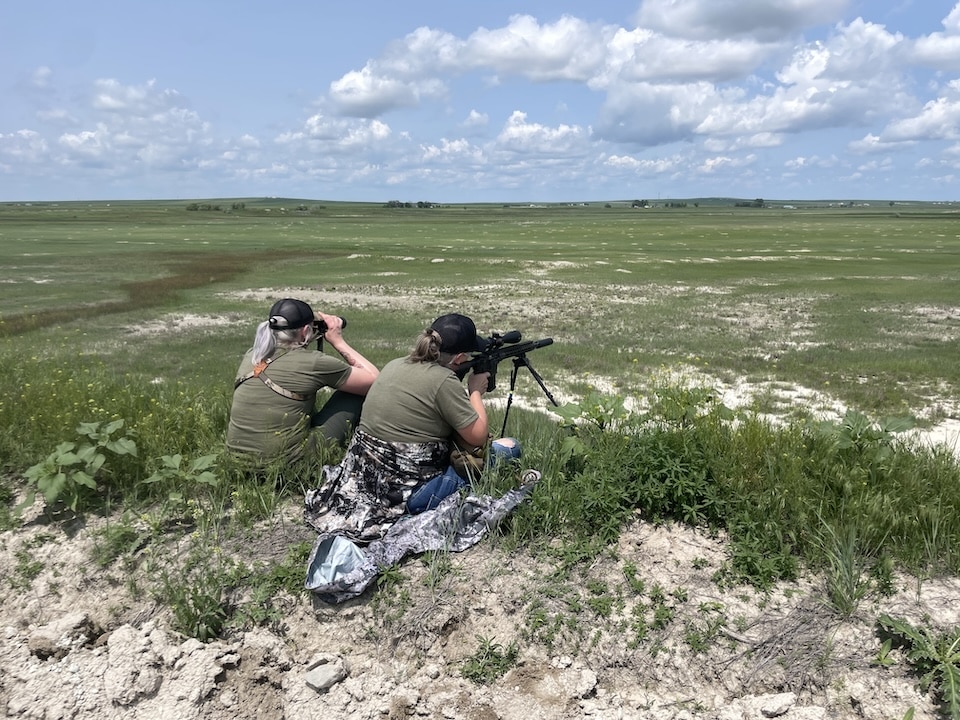
What is the distance you plan to engage your targets? Are you hunting, or will it be close quarters? If the targets are more than 200 yards, you’ll want to put a scope on your rifle. Then, you can adjust the magnification depending on the distance. On the other hand, if the rifle is more for close-quarters or medium-range targets (closer than 200 yards), you’ll want to use a laser or red dot.
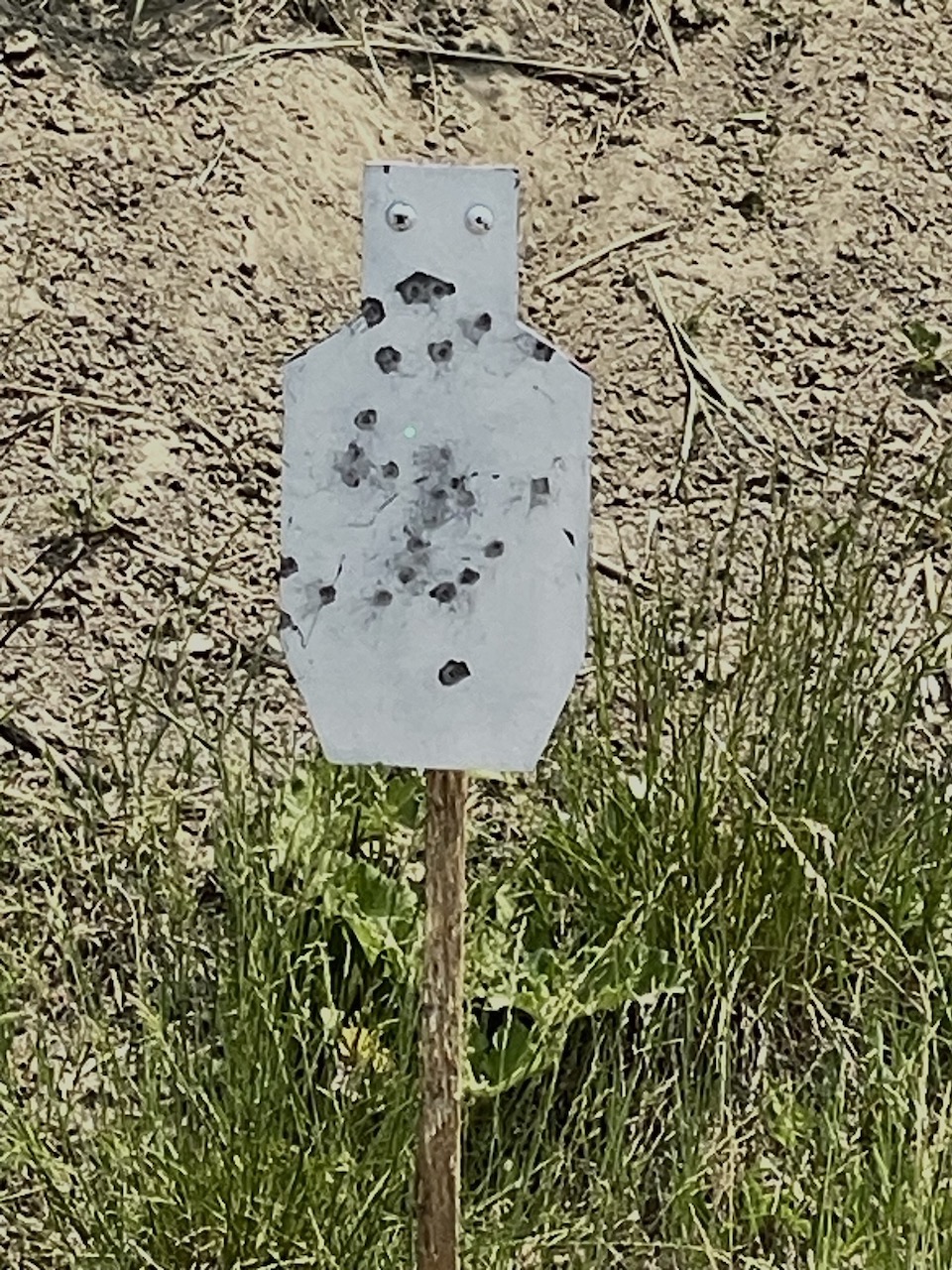
Another consideration is the time of day you plan on shooting. Lasers are better for nighttime; however, you may have difficulty seeing the dot on the target on a bright, sunny day. (FYI, green is supposed to be more visible than red in brighter light.) Red dots are visible any time of the day but may create a glare or bloom in the dark. Some scopes offer illuminated reticles, making it easier to see in low-light conditions. Regardless of how well you can see the dot or reticle, you must be able to identify your target.
Also, don’t forget to take your budget into consideration. Crimson Trace optics range from $79.99 for the CTC-25 Compact Red Dot Sight to $969.99 for the Hardline Pro 4-16×50 FFP MPA ILL.
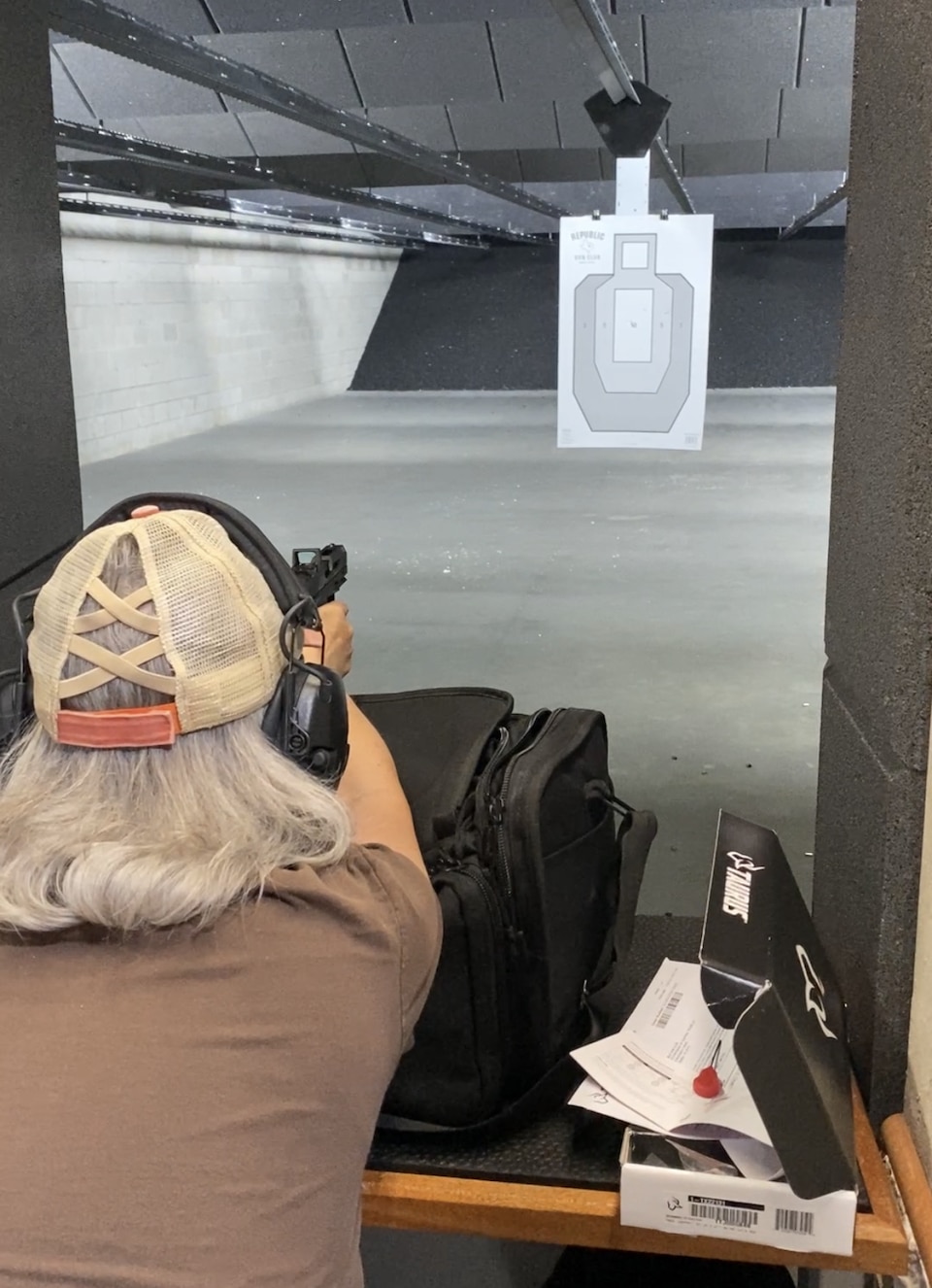
If possible, find a friend or range that has some of the optics you may be considering. Then, take the time to manipulate a firearm and see how comfortable you are using them. Don’t hesitate to ask for help or tips on engaging targets at different distances from various positions. Then, decide what type of optic is the right one for you.
Regardless of which optic you choose, training with it is paramount. Spend plenty of time in dry fire practice manipulating your firearm and using the optic in different positions.
View all the optics Crimson Trace offers here. Or, find a specific type of optic with the following links:
Michelle Cerino, aka Princess Gunslinger, first entered the firearms industry in 2011 as co-owner, president and trainer at a national training company. She immediately began competing in both 3-Gun and NRA Action Pistol, becoming a sponsored shooter. Michelle is currently a columnist and Managing Editor of Women’s Outdoor News, as well as owner of Pervenio LLC. She also manages social media for Vera Koo and FASTER Saves Lives. Michelle encourages others to step out of the comforts of home and explore. View all posts by Michelle Cerino